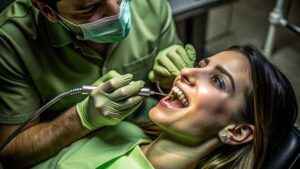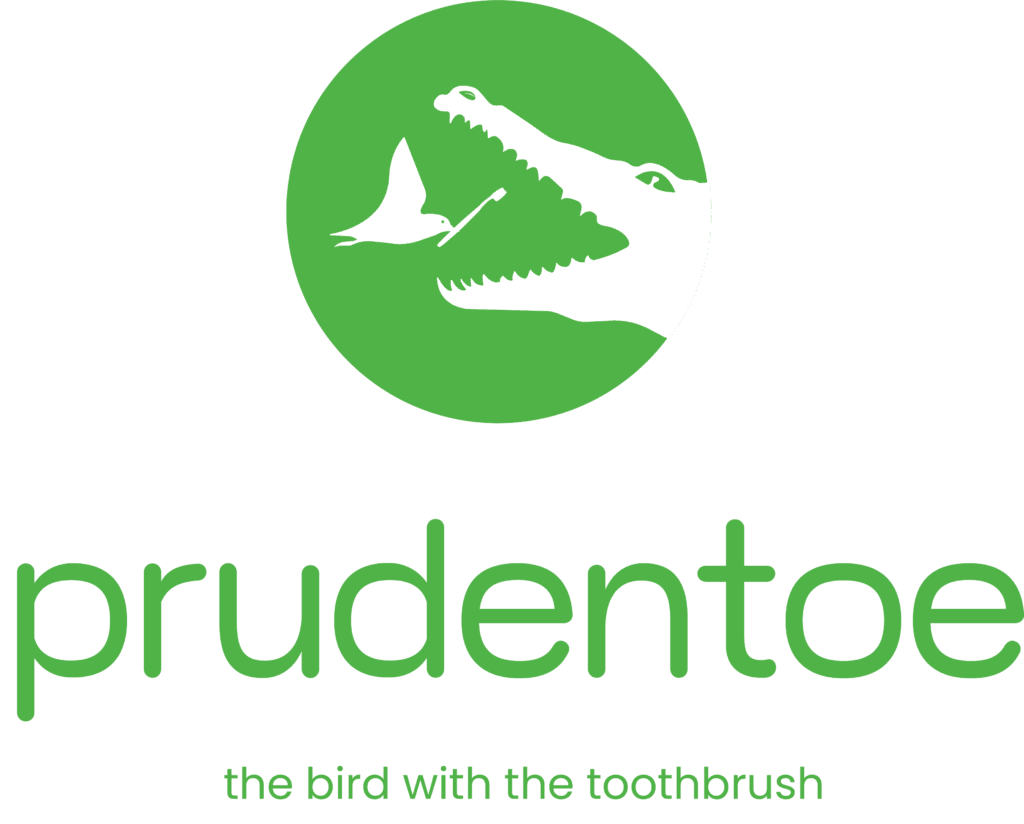Crossbite is a kind of malalignment of teeth, which not only affects the esthetics of your smile but also leads to severe dental issues like pain, swollen gums, plaque formation and more. To understand a crossbite properly, you would first need to understand how an ideal dental bite is.
An ideal Dental bite or occlusion -
In an ideal bite, the lower teeth are placed behind the upper teeth. The lower front teeth or the incisors are covered by the upper incisors. This alignment is what makes up most of the visual when you smile and gives you the perfect curve. The lower back teeth also occlude with the upper back teeth in such a way that most of the tooth is placed behind the upper teeth when viewed from outside. This arrangement gives your mouth and the jaws a good foundation to bear all the chewing forces and movements.
In A Crossbite Condition -
When you bite properly with your back teeth, One or more lower teeth will be placed in front of the upper teeth in such a way that the outer parts of the upper teeth touch the inner part of the lower teeth. This can be of two types –
Anterior crossbite – where one or more front teeth are misaligned in this way and
Posterior crossbite – when one or more back teeth are misaligned
What are the signs you might be having a crossbite –
- The upper and lower teeth do not touch properly and there is an imbalance
- When biting with the back teeth, if you see any lower teeth taking their place in front of the upper teeth, then it is likely a crossbite
- You might have trouble closing your lips properly or speaking without a lisp
- You might see severe food lodgement, plaque accumulation or yellowing of teeth in certain areas
- Pain in the jaw, headaches and sore muscles are often felt because the bite forces are not distributed evenly.
- Biting the cheek and sides of the tongue is also a common sign.
You must be wondering why we are talking so much about the bite of your teeth and how it actually affects you. In untreated crossbite cases, the signs can progress and lead to –
- Food accumulation and gum problems - a crossbite does not offer you the appropriate natural space needed for the saliva to self cleanse the food debris and/or for you to properly brush your teeth touching all the surfaces. This leads to food lodgement and debris formation which progresses to plaque and gum problems. These can inturn progress to
- Loose teeth - The upper teeth are hitting the lower all wrong. And as this happens repeatedly, there are high chances the supporting tissues around the lower teeth get damaged and cause the teeth to start moving. Or worse, fracture of the teeth due to uneven forces.
- More cavities - Going with the same logic, crossbite has more chances of increased bacterial action and cavities
- Repeated headaches - This is the effect which interferes with your daily life the most. A bite is not just formed by just the teeth. The surrounding muscles also play an important role. Unexplained headaches, sore muscles of the jaw and even sore neck muscles can be due to crossbite
Treatment of a crossbite
Crossbite cases are best treated when treated early. We can use myofascial appliances and apparatuses to control the growth of the jaws and see to it that the upper teeth grow to be in front of the lower teeth only.
Orthodontic braces treatment is the gold standard for crossbite cases. With braces, we can guide your teeth to sit into the proper bite position.
Eitherway, the more you delay the more related dental issues start forming and the harder it is to treat the crossbite cases with simple treatment approaches. So delay not, book a consultation and have dental experts at your comfort with Prudentoe’s door step dentistry.






